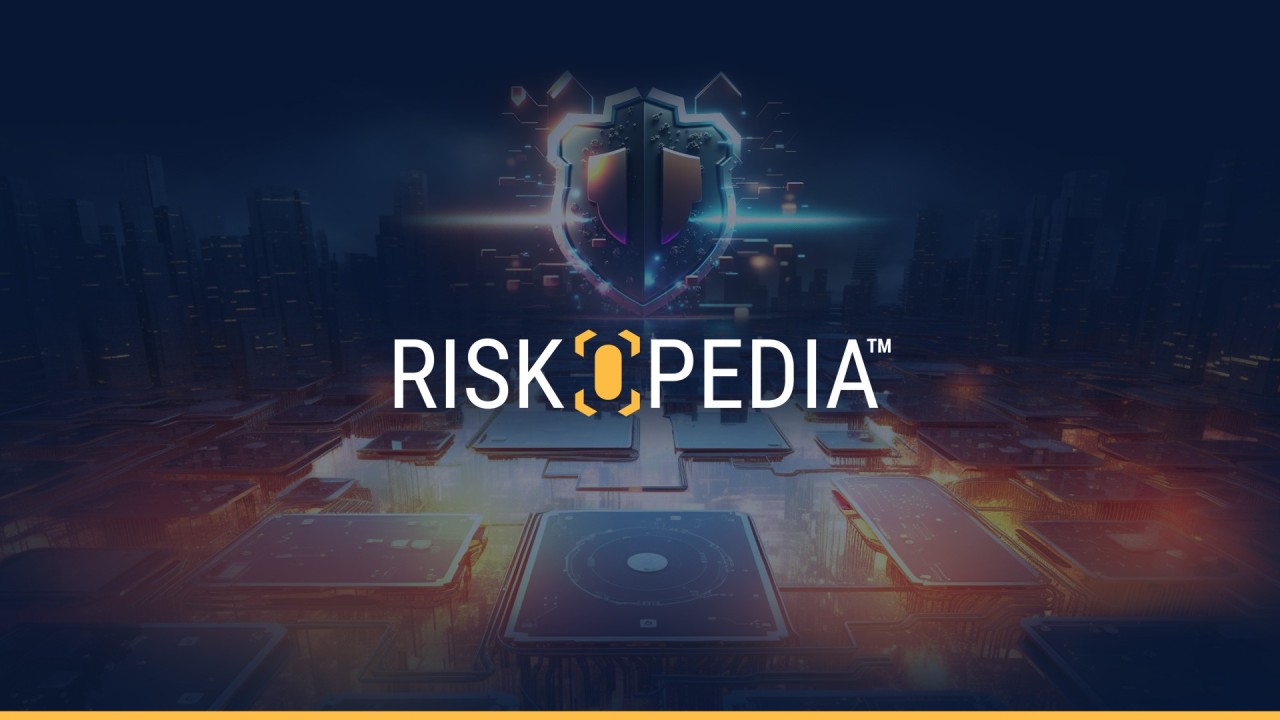IoEs: Your Early Warning System for Enhanced Security
August 23, 2024
In the age of AI and interconnected ecosystems, exposure is the silent adversary that can jeopardize the stability of every enterprise. Timely detection, contextualizing, and managing exposure is crucial as we transition from traditional, inward-focused risk management to a holistic, ecosystem-wide approach.
Exposure encompasses not just technical vulnerabilities but a broad spectrum of weaknesses—both internal and external—that can harm an organization and its extended ecosystem. These weaknesses can range from technological flaws to human errors, process inefficiencies, and even issues within your supply chain or partner networks.
This article marks the beginning of our series on Indicators of Exposure (IoEs). In this week's article, we delve into the concept of exposure, break down its components, and introduce IoEs as a key tool for proactively identifying and managing these weaknesses before they escalate into serious threats. By the end of this article, you'll understand how effectively managing exposure through IoEs can help protect your organization and its ecosystem, ensuring operational resilience in an increasingly complex and interconnected landscape.
What is Exposure?
Exposure refers to the potential harm an organization and its ecosystem could experience due to weaknesses within its environment. These weaknesses can arise from various sources, including technological flaws, human errors, process inefficiencies, non-compliance with regulations, and even extended contexts such as supply chain vulnerabilities or partner dependencies. It's essential to recognize that exposure is not limited to technical vulnerabilities; it includes a wide range of issues that could disrupt business operations or lead to security breaches.
In our context, we distinguish between weaknesses and vulnerabilities. Weaknesses are broad and can include anything from process inefficiencies to inadequate awareness. Vulnerabilities are a specific type of weakness, typically technical, that attackers can exploit. By understanding exposure in this broader sense, organizations can better prepare to defend against potential threats that are not just within their walls but can also stem from external relationships and dependencies.
Why is Understanding Exposure Important?
1. Business Impact and Resilience: Understanding exposure is crucial for assessing its potential impact on the business. This directly connects to the Business Technology Exposure and Resilience™ (BTER) framework, enabling organizations to evaluate how exposure could influence their security and resilience. Identifying the business impact of exposure is key to developing strategies that mitigate risks and ensure operational continuity.
2.Proactive Risk Management: Identifying exposure allows organizations to address weaknesses before they can be exploited by threats. This proactive stance is crucial in today's fast-paced threat landscape, where reactive measures are often too little and too late.
3.Enhanced Security and Resilience Posture: By understanding the different facets of exposure, organizations can strengthen their defenses and build resilience, reducing the likelihood of incidents that could disrupt operations or damage their reputation.




